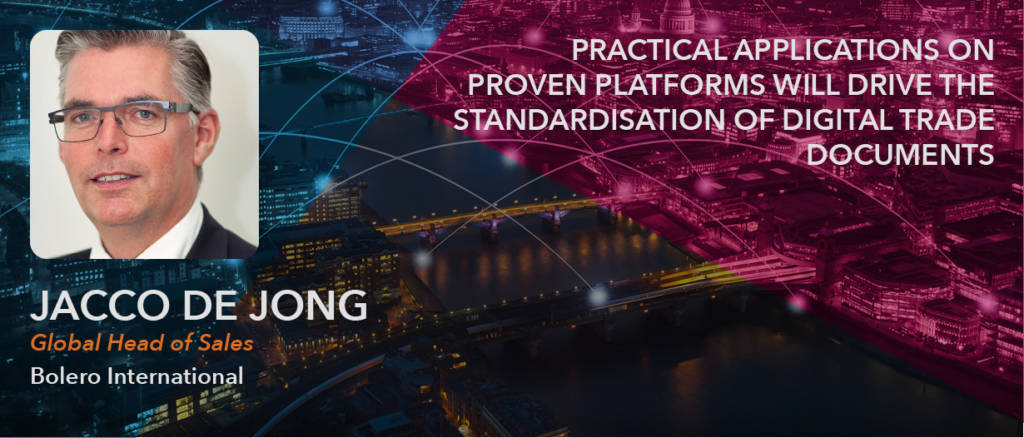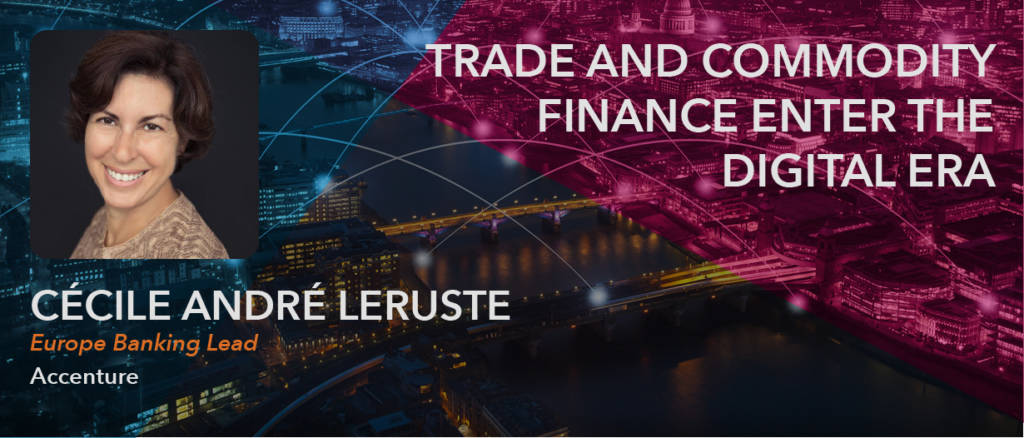All global industries require standards. Remember what a huge step forward it was when the carrier industry agreed on the design for a shipping container. The same is true for electronic trade documents and their supporting systems.
TFG heard from Accenture’s Cecile Andre Leruste, on the major digitisation initiatives within the commodiy finance space. Commodity finance is in a phase of major transition, driven by multiple megatrends
Islamic finance is a specialist area that presents exciting growth opportunities for the UK. Sharia (Islamic law) compliant banking assets make up 6% of the world’s banking assets, but globally, approximately one in four people are Muslim. The scope for growth is obvious.
In this interview series, we heard from two invoice discounting experts and learned more about the confidentiality features of this product and the fundamental differences to invoice factoring.TFG’s Persiana Ignatova spoke to Jeff Longhurst and Steve Box, who are members of World of Open Account (WOA).
Today the completion of the world’s first integrated paperless trade transaction happened – in iron ore – involving Rio Rinto selling bulk iron ore to Cargill, who sourced the cargo… read more →
In this interview series, we heard from two Factoring experts and learned more about the use of this genius concept. TFG’s Persiana Ignatova spoke to Thorsten Klindworth and Peter Brinsley, who are members of World of Open Account (WOA).
LBBW and Commerzbank have once again executed a trade transaction between Voith and KSB SE, via the Marco Polo trade finance network, built on R3’s distributed ledger technology (DLT) platform, Corda.
Guidelines to International Factoring Companies engaged in international trade, regardless of their size and industry; often face a demand from the importers for longer payment terms. This means, getting the… read more →
Huawei’s leadership in 5G communications is seen by the US as a provocation. Trump has imposed a series of sanctions on Huawei, while some of U.S. traditional allies have only… read more →
In this interview series, we heard from 3 Supply Chain Finance experts and learned about the developments in the sector and the best of practices SCF implementation. TFG’s Persiana Ignatova spoke to Igor Zacks, Erick Riddle and Andrew Tananbaum, who are members of World of Open Account (WOA).
























